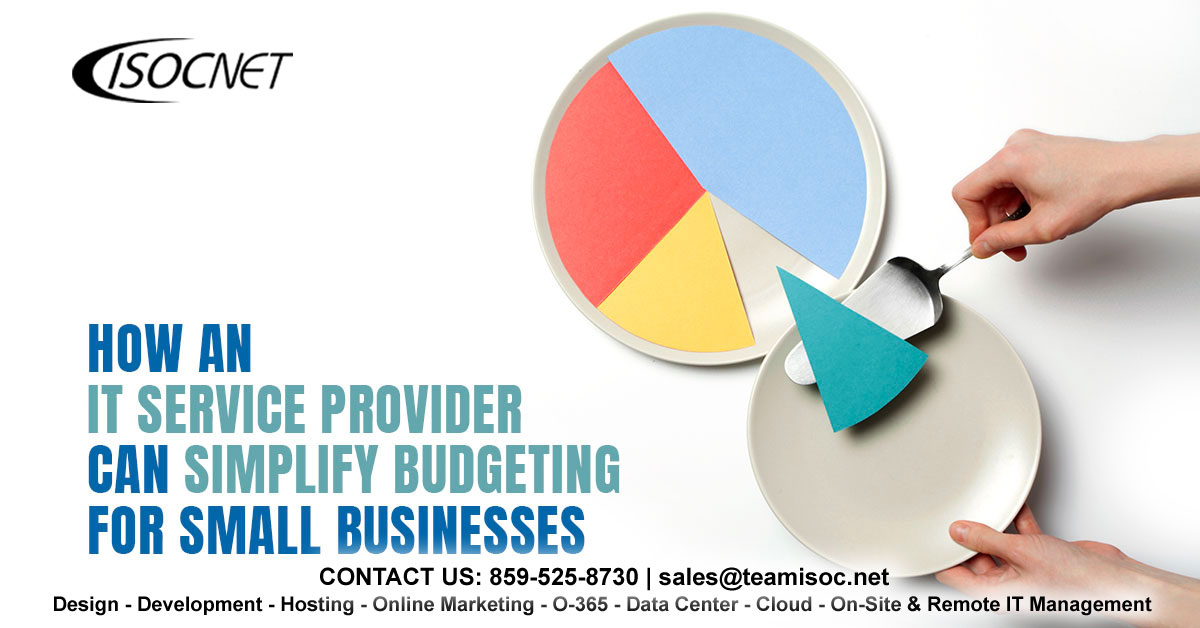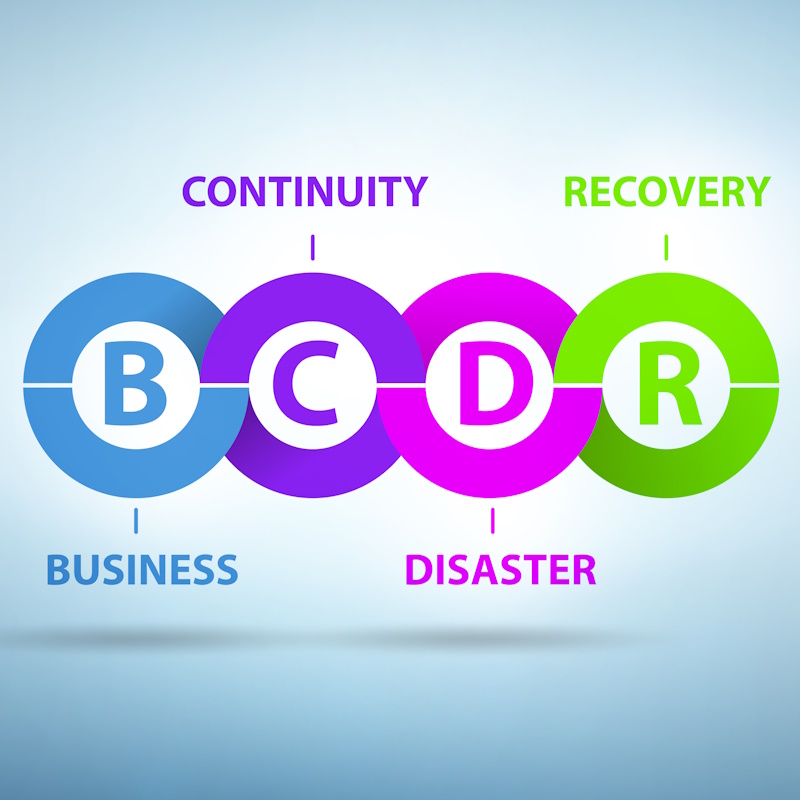Recent Posts
Categories

Technology is a tool in every successful business today. It is no longer an option, but a must. It helps us run our business more efficiently, helps us manage our finances, and gives tools to our employees to provide a better customer experience. So, when it comes to your annual budget, IT budgeting is a critical part. Proper budgeting can help you stay ahead of the technology age instead of treading water, trying to catch up.
The first step to IT budgeting for your business is to assess YOUR business needs. Every business has different needs, gaps, and goals. Rather than just jumping into the budget, first understand your current needs. Then, consider your goals so you can evaluate what technology will be most efficient in helping you achieve your business goals. In addition, understanding your current pain points, may help you prioritize your IT.
Once you have a good understanding of where your business is, and where it is going, you will want to include the cost in your IT Budgeting to cover the following:
Hardware
This is going to be everything from your computers, laptops, phones, mobile devices, servers, networking gear, and any other tools used to access your systems.
Software
Any software purchased, or subscription based that is used in your operations should be included in your IT Budget Planning.
Cloud Service
Most businesses have moved some form of their IT compute to the “cloud” or a subscription-based service that handles a piece of their business. Whether it be an ERP system, CRM, Accounting Package, or Payroll, there may be a cloud service cost to include when planning your IT budget.
People
This is often overlooked, but a key expense in your IT Budget. Payroll is often a big expense, and your IT Staff costs should be included in your budget. This can include internal staff, external staff, consulting firms, and outside support personnel.
Like most small businesses, you should allocate your IT budget to these four areas:
Maintenance
Keeping your systems current is the easiest thing you can do to protect your business from vulnerabilities. This includes activities like updates, patching, continuous monitoring, and vulnerability scanning. You have an infrastructure, and it is important to maintain it and keep it healthy. Your maintenance should be ongoing and a regular occurrence. This includes improving the infrastructure and acting on new threats and vulnerabilities.
Projects
Businesses frequently have IT projects needed to advance their business, enhance security, or improve efficiencies. Based on your goals, you should complete the projects that are going to have the most impact for your business.
Upgrades
Many Small Businesses hold onto hardware as long as they can. It will always cost more to deal with a compromise or a break situation, than it does to plan an upgrade before it is a problem. Upgrading outdated systems should be included in your IT Budget. This is something that can easily be managed and budgeted over time.
Incidents
We plan for worst and hope for the best. Things break and employees click on links they shouldn’t. It is best to set aside a budget for those unforeseen situations, and hope you don’t have to use it.

Outsourced IT Partner
An outsourced IT Partner can help you build a roadmap that makes the IT Budgeting easy. Your Road Map will outline what needs to be done, add priorities, and timelines to make the most of your budget.



